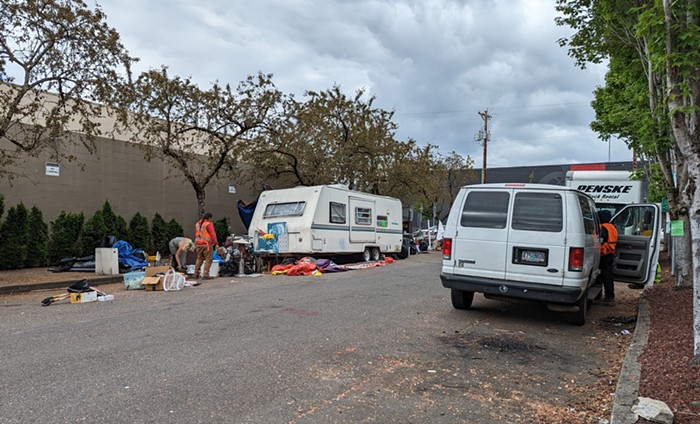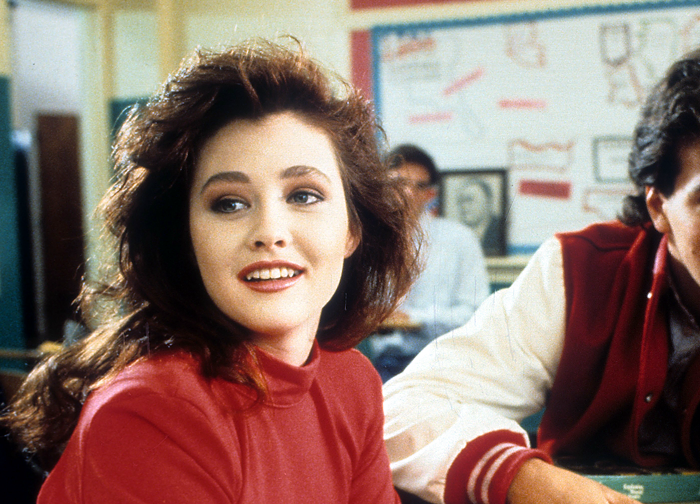DESPITE HOUSING the largest prison population in the world, the US system of incarceration is largely invisible to those outside of it. Curator Pete Brook is working to change this with the touring group show Prison Obscura, which has its final stop in Portland at Newspace Center for Photography. Prison Obscura combines portraiture, collaborative photography, collected aerial images of prisons, and legal documents to make the experience of incarceration exactly what the prison industrial complex aims for it not to be: personal and visible.
The show's wall text states its goal is to make "the case that Americans must come to face these images and imaging technologies, both to grasp the proliferation of the US prison system and to connect with those it confines." In this, it more than succeeds. In Supplication, Kristen S. Wilkins pairs humanizing portraits of incarcerated women with images of the places they've told her they miss. Mark Strandquist's Some Other Places We've Missed is similarly dynamic, with subject matter chosen by inmates. The compassion inherent in these projects is palpable and affecting; though the dynamic between photographer and subject is completely, inevitably lopsided, in giving over meaningful control to their subjects, Strandquist and Wilkins' work never falls into condescension or exploitation.
Also powerful are images created by incarcerated youth, taken in workshops with photographer Steve Davis. Because legal concerns prevented the girls who worked on this project from being identifiable in their photographs, Davis equipped them with pinhole cameras and long exposure times—the resulting images are blurred and strange, fuzzy time-lapse portraits. Selecting a slow shutter speed is commonly done with the intention of achieving that particular dreamlike effect; in this case, the parameters weren't freely chosen, but a creative solution to limits imposed by imprisonment. The women's constraints on their art were quite literal, directly counter to the way most creative constraints are imposed. Looking at the photographs, I recalled every lofty conversation I've had with writers and artists about working within constraints. Never before had I considered the privilege inherent in that stance. Like too many Americans, I hadn't had to.
Prison Obscura
Newspace Center for Photography, 1632 SE 10th, through May 28












